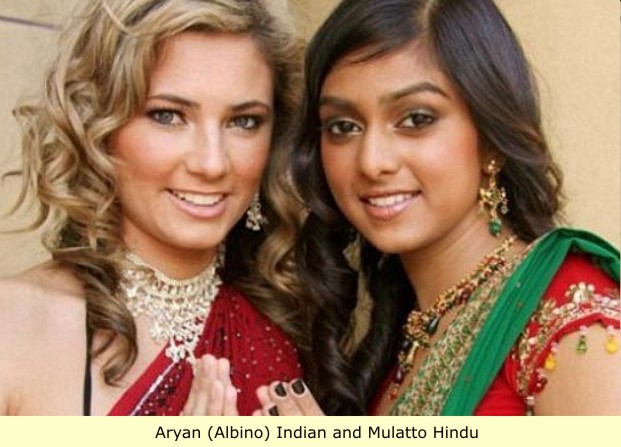True, I cannot prove it. But since Sanskrit is an Indo-European language, what other evidence of Hindu literature existed in another language other than a Indo-European language (Sanskrit) prior to the earliest known Sanskrit scripts. This would make the existence of Hinduism in India prior to the introduction of Sanskrit into India.
Sanskrit is an artificial language, created roughly around the 5th century BC from an earlier language, Indo-Aryan, currently preserved only in versions of the Vedas. The freaky genius, sui generis, who created it by codifying Indo-Aryan on very systematic principles, was Panini.
There was/is no Hindu literature in any non-Indo-European (correctly, non-Indo-Iranian) language. However, it does not follow from that there was no Hinduism prior to the introduction of Indo-Aryan (not Sanskrit) into India.
What seems to have happened is that elements of the earlier belief systems were absorbed into the religious system described in the Vedas, and formed part of a very ancient religious practice, which probably was what was current practice when the Buddha and Mahavira preached their radically dissenting views.
Now, do you see what I have to deal with. Forgive me if in any of my post I start to generalize and offend Indians. But I started out trying to talk sense into him. Most Indians in here start to back him up. Your statements just verify that not all Indians lack common sense. And since you are not here most of time, and most Indians are not in this forum, has a life and has common sense. Its just these social life lacking Indians in here that prescribed to those hate statements.
:-(
Some points:
1. Indian society was dominated by one caste for centuries, from roughly the 10th century AD onwards. However, there is circumstantial evidence that caste was an issue even earlier.
2. Most new tribes and cultures encountered during the 'Sanskritisation' of north India were absorbed into the Varnashram by being awarded a caste, lower than the Brahmins, but in most cases, at intermediate social levels, higher than the lowest.
3. This process is known to have been going on even as late as the eighth century in the area known as Tamizhakam. Brahmins were the evangelisers for the language as well as the post-Vedic (modified and very early Hindu) pantheon and of course, for the social set-up.
4. The Buddhists caused havoc. They nearly dissolved the aberrant earlier social system prevailing at the time, to the acute discomfort of the dominant Brahmins.
5. The Brahmins fought back on several fronts. The situation stood reversed after a millennium and a half. The new language had disappeared, some of its tenets, vegetarianism, for instance, absorbed into what in the 18th or 19th century its followers started calling Hinduism. The Buddha, in some versions, became one of the ten avatars of God (in other parts of the country, there were other replacements).
6. External invaders without a strong belief system of their own were broken down in very rapid order. They were drawn into the old religion as new castes. So we have the sun-born, the moon-born, the fire-born....
7. Trouble came again when another set of invasions began, around 1000 AD. These new invaders proved difficult to move away into Hinduism. Instead, they gave the social leadership major headaches by converting large numbers of people. They offered these converts equality. Even at that hour of grave peril, the leadership kept its head, and managed to prevail, over time: the new religion is today as caste-riddled as the old one.
What we are dealing with is the aftermath. The situation when the British came and conquered, and would not compromise and join society as one more caste. It is the reaction to this that you observe on this thread and on others.






 If you do get that book down please do share.
If you do get that book down please do share. 




 Perhaps to some...
Perhaps to some...